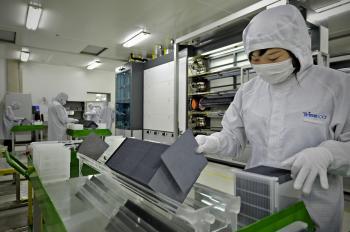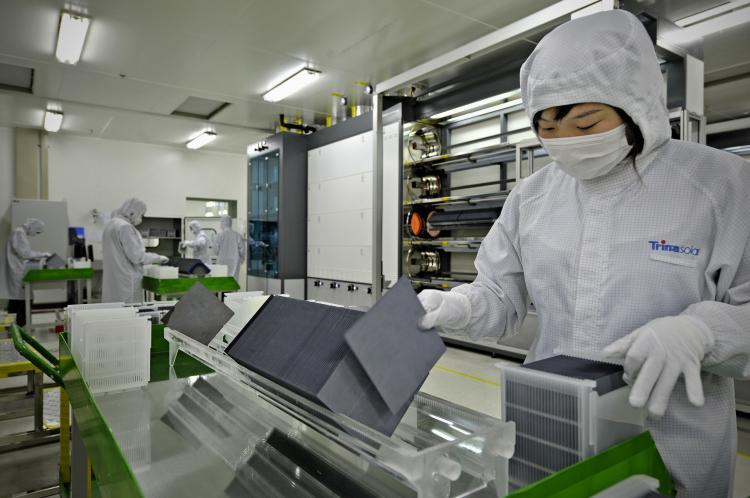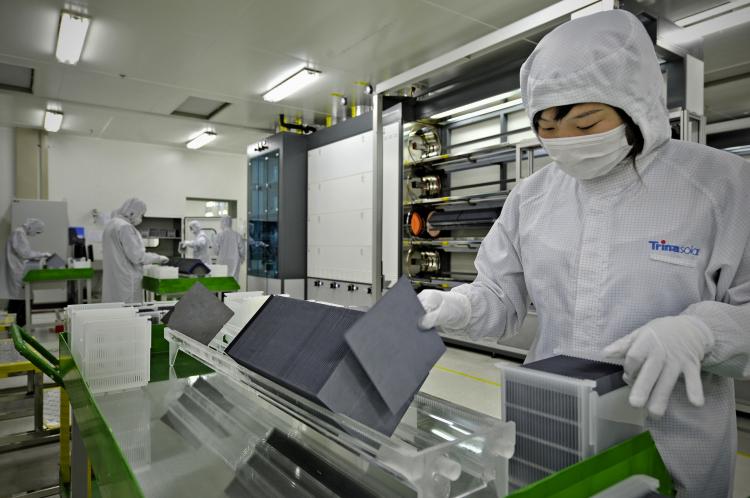As companies seek to cut costs and expand research, many are looking to outsource research and development (R & D) to other countries—particularly China—often at the expense of U.S. scientists and researchers.
The World Economic Forum recently honored Jacob Hsu, CEO of the Symbio Group, as a “Young Global Leader” for 2010. Symbio was established by former IBM research and development (R & D) scientists in 1994. Today, the company is a leading outsourcing firm with headquarters in Beijing, San Jose, Calif., and Tampere, Finland.
This company outsources R & D contracts awarded by IBM Corp., Microsoft Corp., Nokia Inc., AOL Inc., and others to foreign shores, with reports suggesting that most are outsourced to China. The company also has R & D centers in Bangladesh, Taiwan, Sweden, and Finland.
“One thousand of Symbio’s 1,400 employees work at three development centers in China,” according to a recent article by Fay Hansen on the Workforce Web site.
To have a fresh supply of researchers, Symbio works closely with a top university in proximity of each of its three R & D centers in China. The company chooses 100 students, draws up the course work, and provides a paid internship during the senior year.
Hsu told Workforce that Symbio would not stop at just the three R & D centers in China, but is currently scouring the country for more feasible locations. There is great opportunity for growth in China, with upside for workforce expansion and plenty of scale.
Cathie Lesjak, CFO of Hewlett-Packard (HP) Development Company L.P., said that HP also has set up R & D facilities in China, according to a recent interview with McKinsey & Co.
Corporate R & D Facilities in China
“An R&D explosion is underway in China, with high-tech at its forefront,” claims Bhavin Gandhi in the article “Outsourcing to Copycat Nation,” on Scribd, an open platform Web site.
Gandhi claims that technology companies, including IBM, Dell Inc., Intel Corp., and International Game Technology have recently opened their own R & D facilities in China.
Microsoft set up an R & D facility in Beijing in 1998 because of “the great pool of talent located in the area,” said Harry Shum, managing director at Microsoft Research Asia, in a Workforce report.
In 1995, IBM set up an R & D facility in Beijing, close to Tsinghua University. Other companies that set up facilities include Alcatel-Lucent in 1995, Motorola Inc. in 2001, Pfizer Inc. in 2004, and Cisco Systems Inc. in 2005.
ValueNotes, an India-based business intelligence and research provider, states in a 2006 article on its Web site that “According to the Chinese government statistics, about 750 R&D centers (foreign-funded) exist in China, located primarily around Shanghai, Beijing and Shenzhen.”
“During the last decade, there has been an over 75% growth in employment of research personnel in China to reach close to one million (compared to about 1.3 million researchers in the U.S.),” according to the article.
IBM is transferring more of its R & D facilities to China, with an initial investment of $40 million, due to the country’s recent push into clean technology. Dow Chemical Company set up a clean tech R & D center in June 2009, and Applied Materials Inc. followed suit shortly after, according to a blog on Breakthrough Institute’s Web site.
China’s Uncompetitive Laws
China is charging ahead with its 15-year “Medium-and Long-Term Plan for Science and Technology Development,” with the goal of becoming a top-five country in granting patents for new inventions and producing the majority of the world’s published technical papers.
The Chinese government announced the formation of “a national catalogue of products to receive significant preferences for government procurement,” according to a quote from a letter sent to several U.S. government officials and published in an article on the American Thinker Web site.
American trade groups said that “Among the criteria for eligibility for the catalogue is that the products contain intellectual property that is developed and owned in China and that any associated trademarks are originally registered in China,” according to the letter. This effectively eliminates any company refusing to move R & D to China.
Moving R & D to China cuts costs at the expense of surrendering intellectual property rights and propriety information to Chinese companies, and ultimately, the Chinese government.
Research has shown that many companies discovered to their detriment that Chinese researchers or managers took the new development or trade secrets and set up their own manufacturing facilities.
Firms that supplanted their R & D facilities have found that they prepared “their own competitors to innovate in ways that are quickly used against them,” the Scribd article said.






